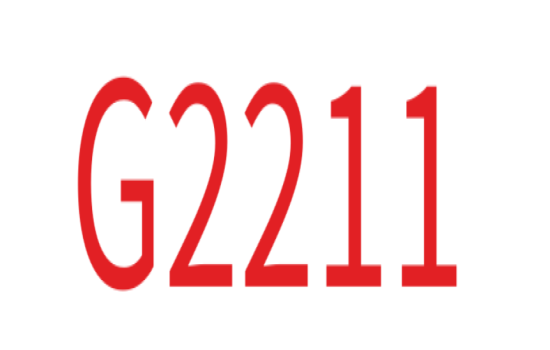Published by: Administrator

Discover the 7 pieces of the revenue integrity wheel and how they apply within a formal RI program
To enhance the revenue cycle, it's crucial to devise a comprehensive strategy integrating organizational metrics. This entails examining each operational facet and crafting metrics aimed at fostering operational excellence and bolstering revenue cycle efficiency.
Revenue integrity (RI) serves as a cornerstone in the financial management and revenue cycle of any healthcare institution. An effective RI initiative not only detects areas of revenue loss but also delves into the underlying causes of such leaks. It establishes internal safeguards that can be standardized across various operational streams. The integrity aspect of an RI program involves anticipating forthcoming trends and external shifts that could influence internal controls, thereby necessitating adaptation or evolution to meet emerging requirements.
Several factors will influence an RI program, including cybersecurity risks, workforce dynamics, transitions in EHR and/or practice management (PM) platforms, shifts in regulatory compliance, advancements in technology services, modifications to payer reimbursement guidelines, and evolving patient care patterns.
[....]




